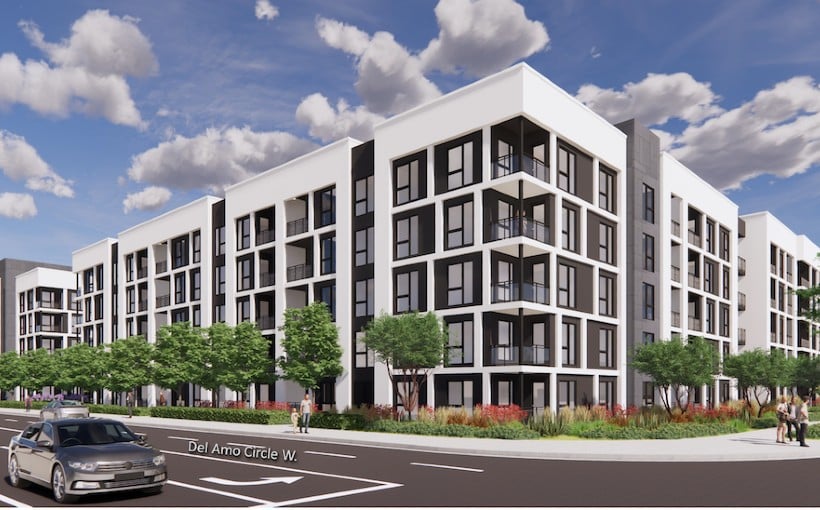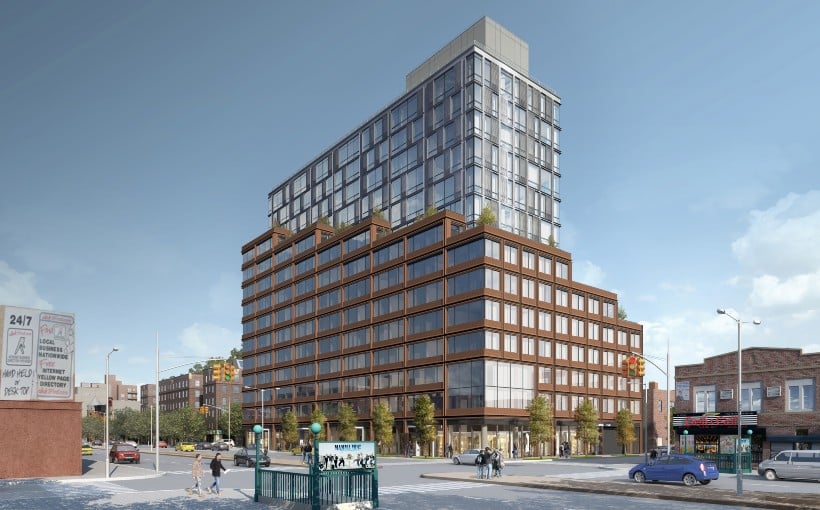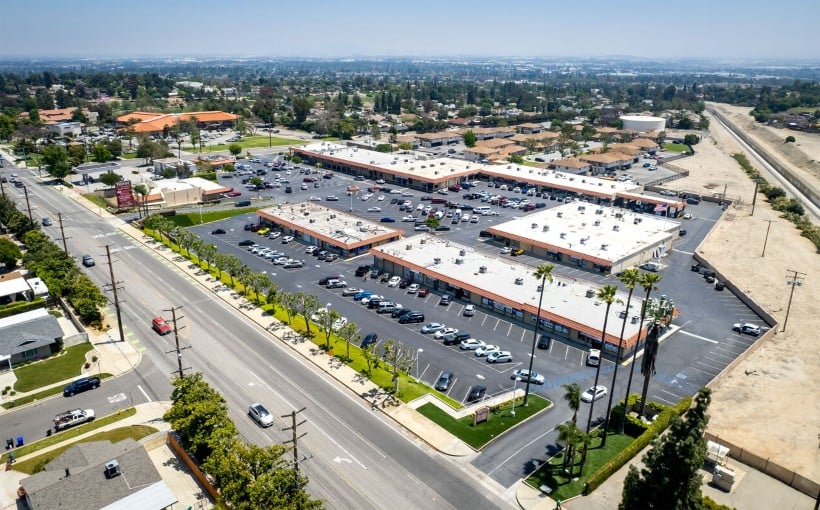Quality infrastructure is a crucial component of a well-functioning supply chain. Equally important are strategically located and well-built warehouses and logistics centers that efficiently handle products for end users.
According to a recent report by Newmark, transportation infrastructure plays an integral role in the industrial market’s activity, contributing to seamless logistics and economic development. The report notes that historically, investments in infrastructure have closely followed industrial construction activity as it contributes to increasing occupancy rates.
Despite fluctuations in the industrial market with periods of low vacancies and high supply, the authors of the Newmark report predict that speculative development will slow down by 2025. Instead, there will be more build-to-suit projects or owner-built deliveries.
At the same time, there is expected growth in infrastructure spending. The Bipartisan Infrastructure Law of 2021 allocates $1.2 billion towards improving infrastructures throughout the United States. Private sector involvement has also increased significantly as companies recognize their role in enhancing both quality and quantity of infrastructures through initiatives such as BIL (Bipartisan Infrastructure Law) outlays which are set to accelerate between 2024-2027 with interest rate relief unlocking liquidity for private spending.
The demand for improved infrastructures extends beyond just transportation needs; it also includes other types such as energy systems or communication networks needed for long-term sustainability within evolving supply chains driven by emerging technologies according to experts cited within this new research from Newmark:
U.S freight tonnage is projected at growing up until at least year-end 2050 – some estimates suggest even further into future years ahead – thanks largely due global trade patterns shifting toward onshoring production while e-commerce continues its maturation process;
Ocean port volume has risen over past decades leading U.S ports like Los Angeles & Northern NJ expanding capacity while Tier One intermodal markets like Atlanta/Chicago/Dallas have seen significant investment too;
Inland intermodal markets have been primary beneficiaries thus far when it comes to infrastructure spending, with funds earmarked under BIL for the following markets:
Atlanta and Dallas are leading U.S. markets in recent DOT outlays
Chicago leads the country in BIL funding for future growth
Other significant investments planned include Houston and Philadelphia.
The Newmark report also looks ahead to 2027, predicting a “generational wave” of public and private investment in infrastructure that will extend beyond transportation needs. This holistic approach will consider emerging technologies and evolving supply chains to ensure long-term sustainability.




